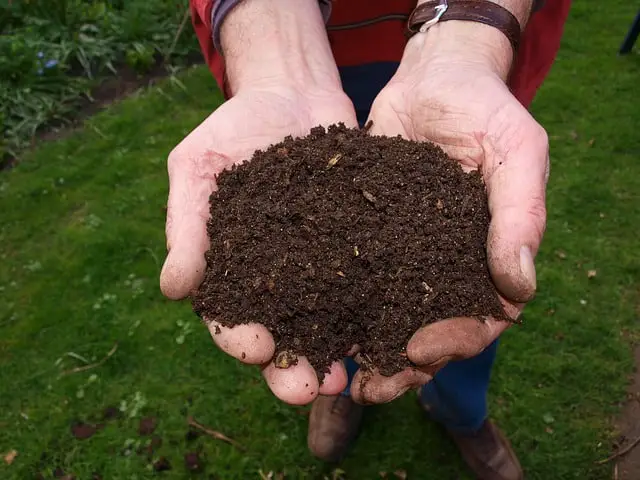If the spines of the Lion’s Mane mushroom get damaged, the mushroom will begin to turn brown. Direct watering, spraying, or even direct heavy rain can cause damage to the spines.
The mushroom may also turn brown just because it’s older.
Note: If you click some of the links or pictures in this article we may earn a small commission at no additional cost to you.
Why is my Lion’s Mane turning yellow?
Lion’s Mane that has a yellow coloration usually indicates age. The mushrooms are still safe to consume, and they’ll likely be softer than their younger, softer counterparts.
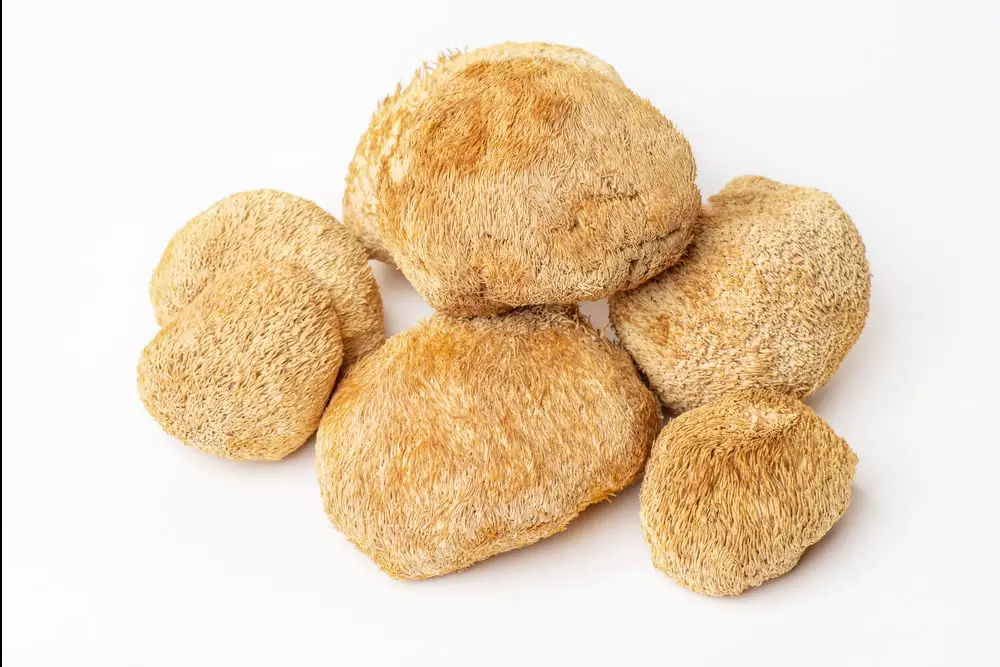
Why is my Lion’s Mane turning pink?
Lion’s Mane may show a pink expression in the teeth or spines. This is indicative of healthy and happy growth.
Pink coloration could also mean that the mushrooms are getting direct sunlight.
What does Lion’s Mane look like?
Lion’s Mane is easily identified by its appearance. It’s a white fungus, taking shape as a mushroom.
Lion’s Mane grows spines that resemble a lion’s mane, hence the name. They grow in a round, globe-like structure and the spines, sometimes referred to as teeth, grow longer with age.
Older Lion’s Mane mushrooms may have yellow or brown tints. These mushrooms may not be bad, just older. Inspection of the feel and smell will tell for sure.
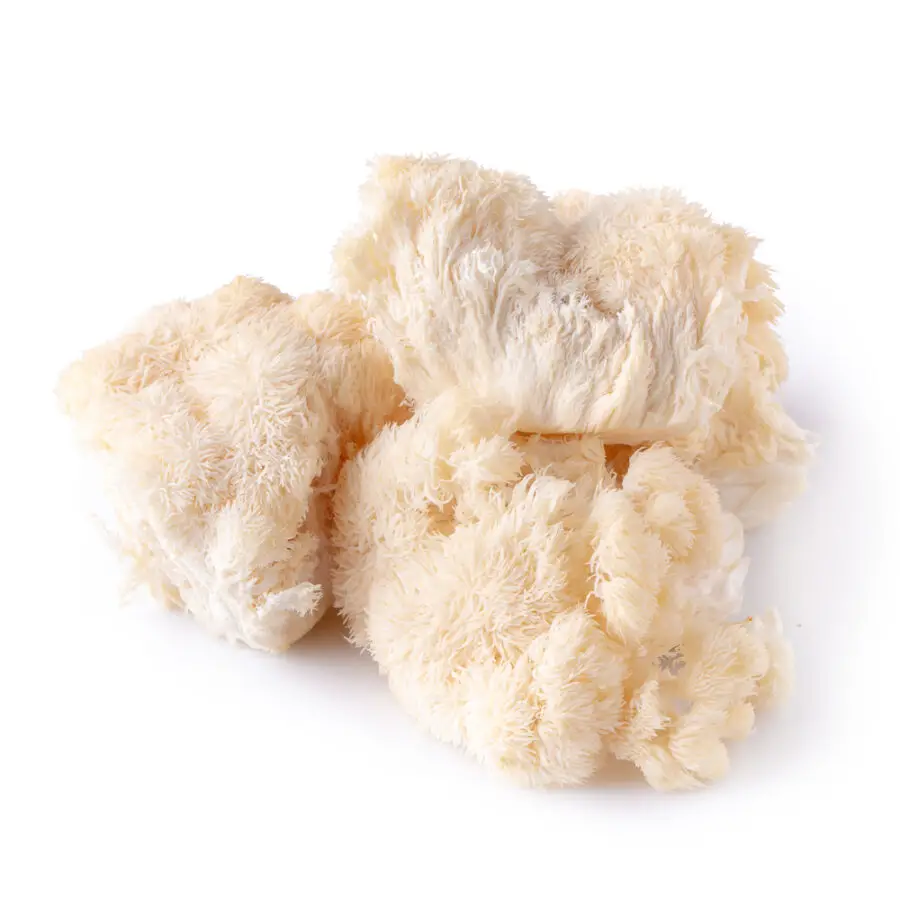
How do I tell if Lion’s Mane is bad?
| Whole Mushrooms | 7-10 days |
| Sliced Mushrooms | 5-7 days |
| Dried Mushrooms | up to 3 years |
If the mushrooms are slick or slimy to the touch, it’s probably best to go ahead and toss them. They may also shrivel up and wrinkle, which means they’re old and past their prime. It’s probably best to get rid of those as well.
How much light does Lion’s Mane need?
Lion’s Mane doesn’t need much light at all. They prefer shady areas when they’re growing outdoors. They are tolerant, but they aren’t fond of direct sunlight unless it’s in very small quantities.
The soft light we have indoors is plenty of light for Lion’s Mane. If it receives direct sunlight, it may turn a shade of pink, but it truly does not need any bright light.
How big does Lion’s Mane get?
Lion’s Mane may grow rather large given the right conditions. In February of 2021, a Lion’s Mane mushroom was found in a swamp. It was the size of a human!
Most Lion’s Mane mushrooms won’t grow quite so large. However, one mushroom may weigh just under or well over 1 pound. They’ll usually grow to a width of 10-15cm.
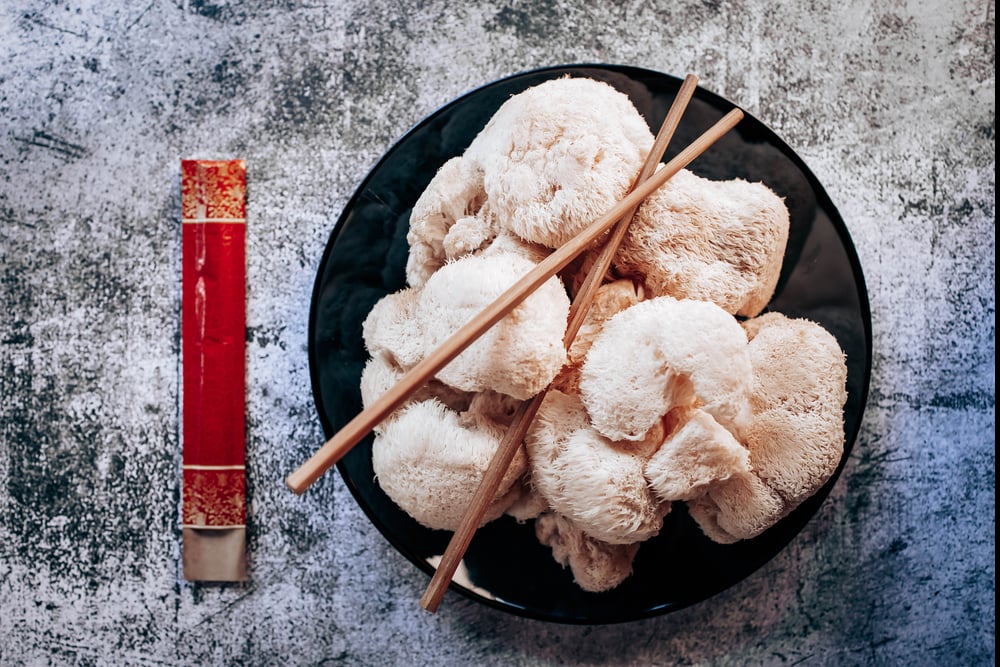
Can I forage for wild Lion’s Mane?
It may be tempting to go ahead and forage the wild Lion’s Mane when you find it, but it’s been over-harvested, so it’s rare and protected. It’s illegal to harvest wild Lion’s Mane.
If you’re interested in harvesting and using fresh Lion’s Mane, you can find growing kits online. It’s not the easiest mushroom to grow at home, but it’s still beginner-friendly.
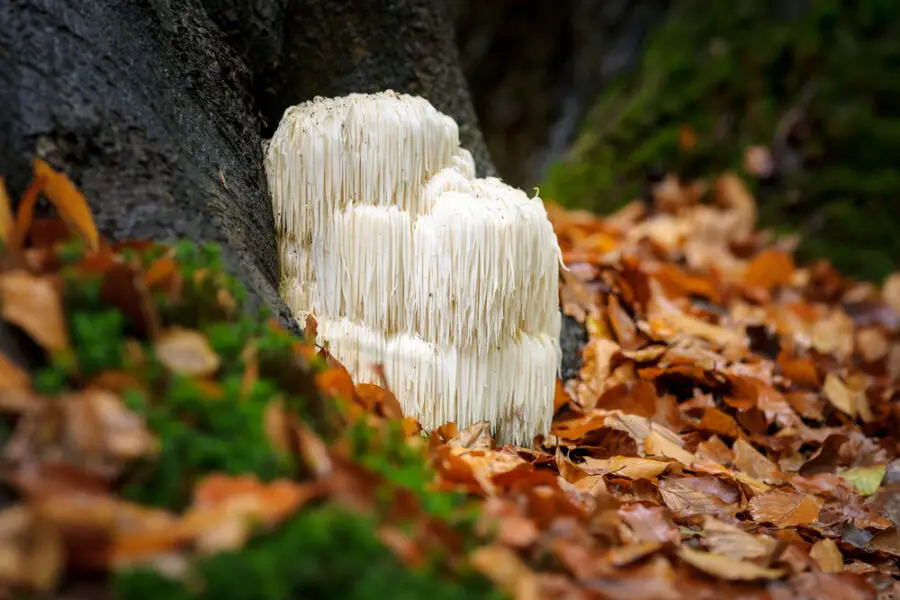
Can I grow Lion’s Mane at home?
You can order grow kits for Lion’s Mane and grow it yourself, since harvesting wild Lion’s Mane is illegal. The grow kits will allow you to harvest in as little as 2-3 weeks, averaging about 2 pounds per harvest.

You may also be interested in growing Lion’s Mane outdoors, and it’s possible to do so. You can grow them on older decomposing logs, but you’ll have to wait longer to harvest them. Lion’s Mane prefers growing on sugar maple or American Beech.
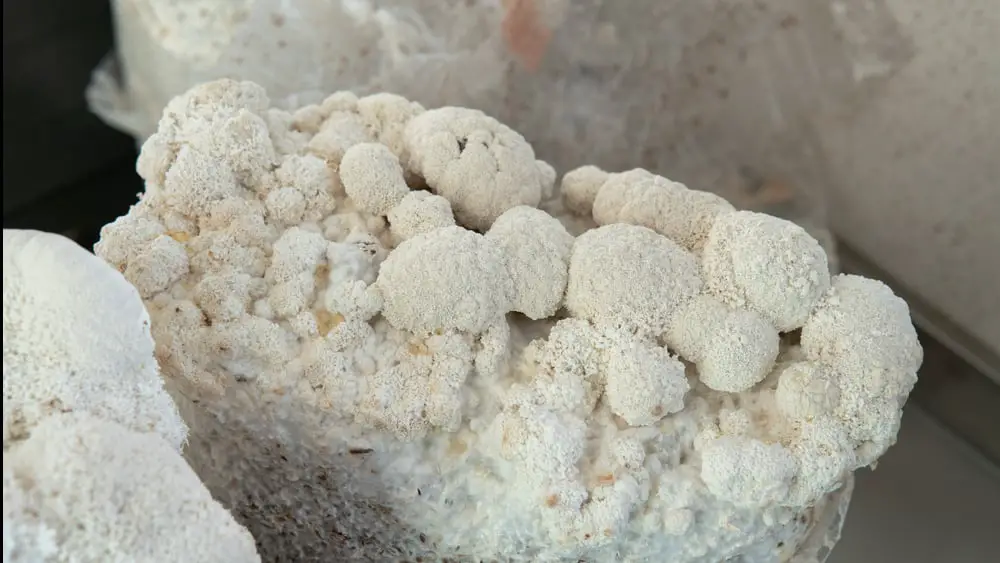
Is it difficult to grow Lion’s Mane?
Growing Lion’s Mane is relatively easy. Beginners who aren’t sure about it can start with a grow kit, easily ordered online. There are different kinds and sizes of grow kits, so anyone can find something to suit them.
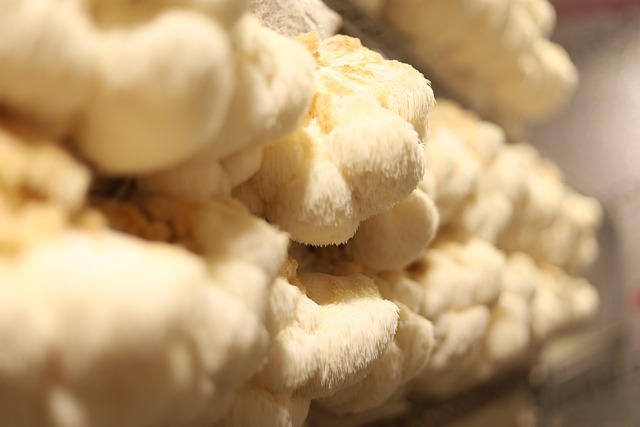
How fast does Lion’s Mane grow?
Depending on how you grow Lion’s Mane, depends on the amount of growth you’ll see.
When growing on logs outdoors: the initial growth will be slow. After 1-2 years after inoculation, you can begin to harvest your own fresh Lion’s Mane. You’ll be able to harvest off the same log for up to 6 years! Harvest usually happens in the fall. Younger mushrooms will be denser than their older counterparts.
When growing from a kit indoors: full maturity would come between 2-3 weeks. Once it stops growing larger and the spines begin to lengthen, it’s mature enough to harvest.
How do I harvest Lion’s Mane?
When you’re ready to harvest Lion’s Mane, you’ll want a sharp knife. The knife should do the work and just glide through the mushroom.
You can eat them raw, cook them, or dry them to use them later.
When is Lion’s Mane mature?
Lion’s Mane is mature when the spines grow longer and the mushroom stops getting bigger.
The harvest time is usually in the Fall if it’s outdoors. Grow kits take as little as 2-3 weeks to see a harvest.
What kind of growing environment does lion’s mane need?
Lion’s Mane can grow in sawdust (indoors) or on rotting logs (outside). It needs indirect light if it’s inside and mostly shade if it’s outside. If it’s growing on logs, it prefers sugar maple or American Beech. They prefer a moist environment.
What is Lion’s Mane’s natural habitat?
Lion’s Mane is found in most of the States. If you happen to find some, just respect the plant because it’s rare and protected in most places.
How can I consume Lion’s Mane?
Lion’s Mane can be consumed raw, cooked, or dried. It may also be made into tea.
Lion’s Mane may also be found at supermarkets or pharmacies in the form of powder, liquid, capsules, or tablets.
How do I make Lion’s Mane tea?
You’ll need 1/2 tsp of Lion’s Mane powder and one cup of water.
- Bring the water to a boil and add the powder to an infuser or a mug.
- Pour the hot water over the powder and steep for 10 minutes.
What does Lion’s Mane taste like?
Lion’s Mane has been compared to the flavor of crab or lobster. It’s more of a meaty flavor rather than the earthy and bitter taste of other mushrooms.

